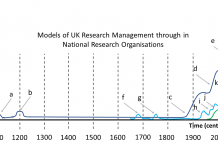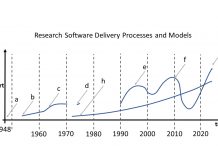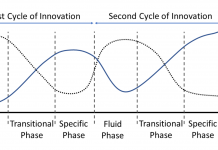Open Access Government produces compelling and informative news, publications, eBooks, and academic research articles for the public and private sector looking at health, diseases & conditions, workplace, research & innovation, digital transformation, government policy, environment, agriculture, energy, transport and more.
Home 2024
Archives
The RSE, autonomy and guidelines for management to increase innovation
Dr Joanna Leng, Dr Phillip Brooker and Emeritus Prof Wes Sharrock, have put together, from their theoretical and practical experience, a set of potentially fruitful areas to consider for the management of RSE and other associated professionals practices that, they believe, will increase innovation.
The full diversity of the RSE Role
To better understand the current state and problem of RSE, it would be useful to have a clearer understanding of what kind(s) of work are currently identified as such, whether they comprise a uniform kind of work or feature diverse subgroupings with differentiated practices involving perhaps, dominant and minority groups.
Do research software engineers have research methods?
Dr Joanna Leng, School of Computing, University of Leeds, Dr Phillip Brooker, School of Sociology, University of Liverpool and Emeritus Prof Wes Sharrock, School of Sociology, University of Manchester, all from the UK, ponder if Research Software Engineers have research methods, plus why today, we have increasingly more types of academic research institutions and organisations.
Computing: Paradigm shifts, adoption, new digital professionals rising
Dr Joanna Leng, School of Computing, University of Leeds, UK and Dr Phillip Brooker, School of Sociology, University of Liverpool, Emeritus and Prof Wes Sharrock, School of Sociology, University of Manchester, focus on computing: paradigm shifts, charting the adoption and the rise of new digital professions.
FFEA software: Repeated early innovation
Dr Joanna Leng, Senior Research Software Engineering Fellow at the University of Leeds, discusses software with repeated early innovation using the example of the FFEA software.
The development of research software engineering as a profession
Dr Joanna Leng at the School of Computing explores Research Software Engineering (RSE) as an emerging profession, and how computing technology is core to many professions.
Discussing early innovation software by example of the PERPL software
Dr Joanna Leng, School of Computing, University of Leeds, UK, presents a project from the fellowship, on the PERPL (pattern extraction from relative positions of localisations) software which analyses super-resolution light microscopy (SRLM) data.








